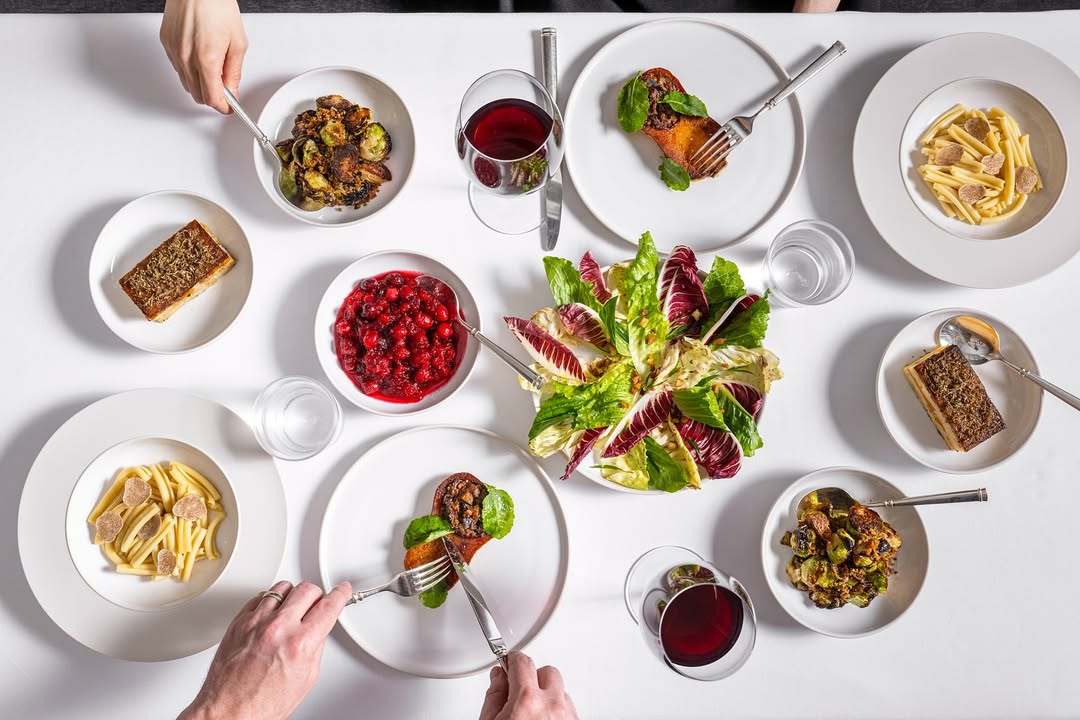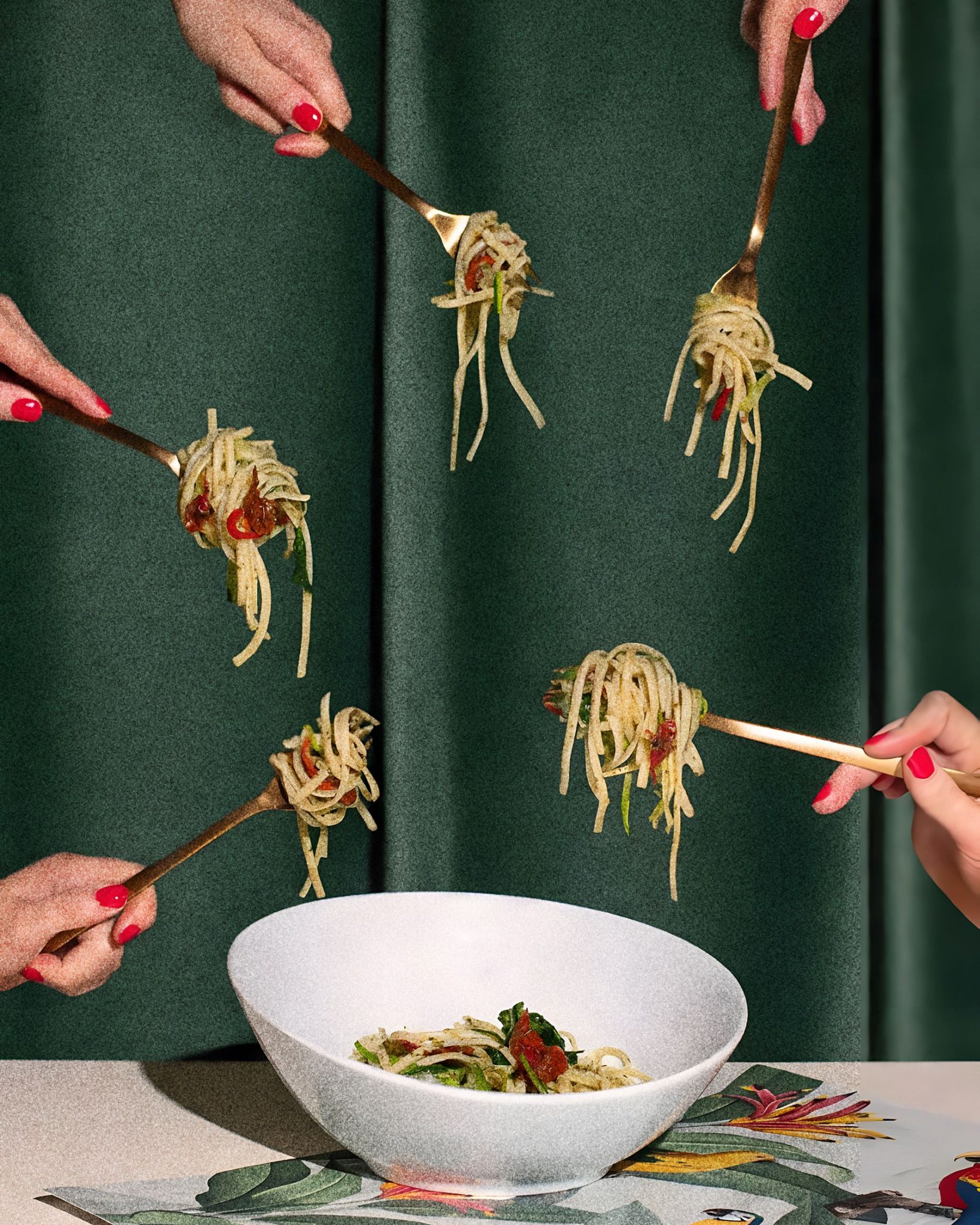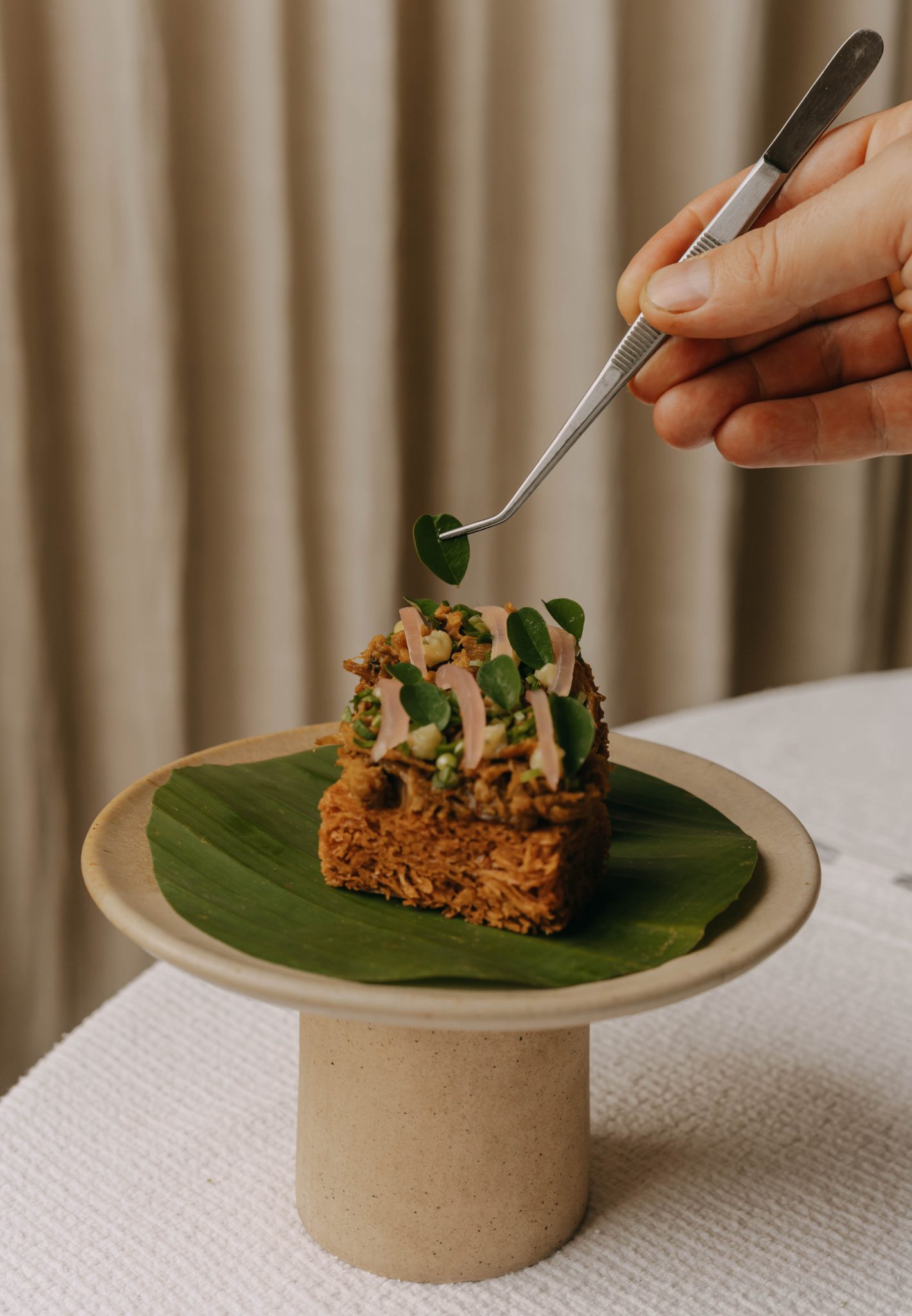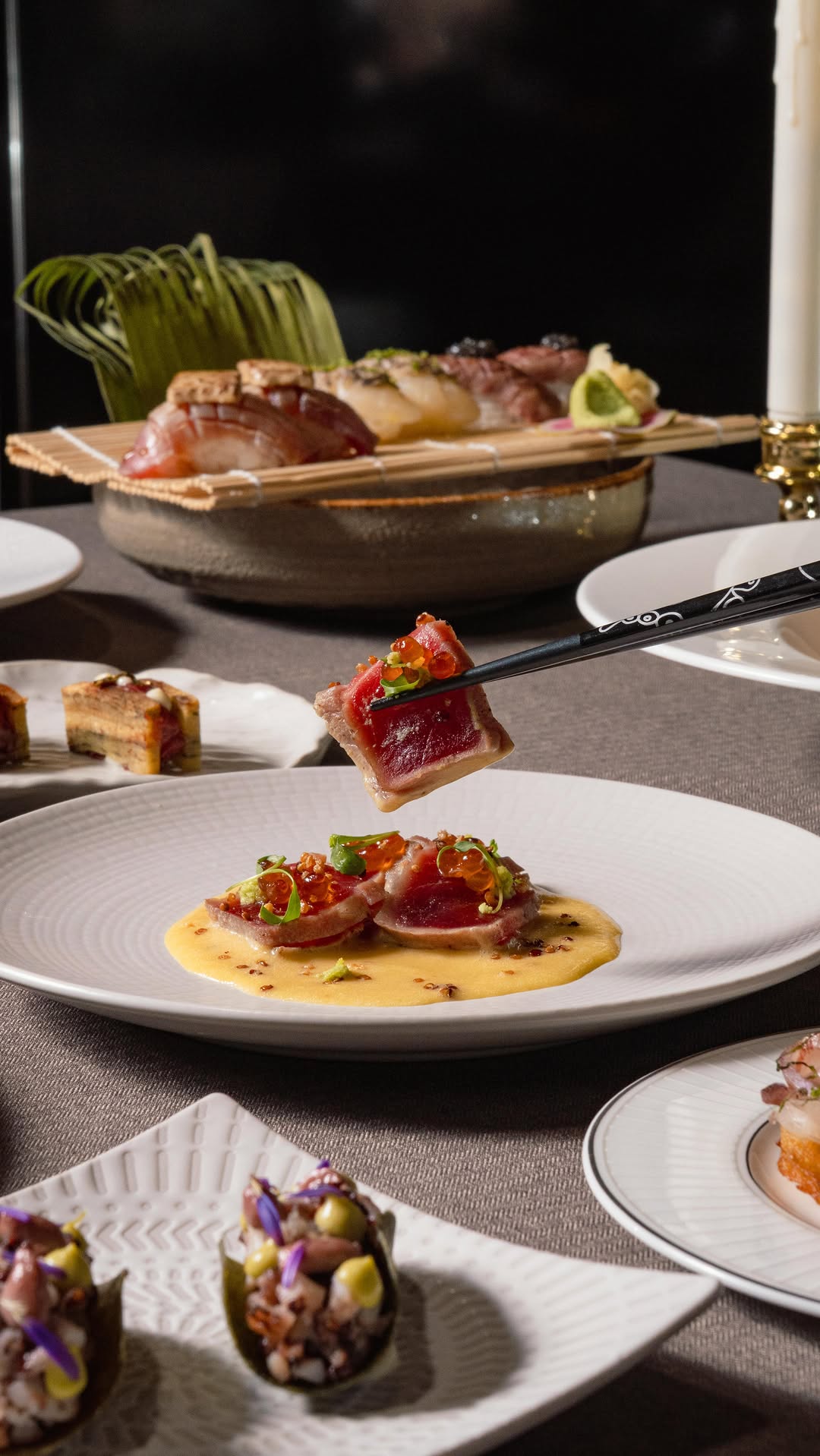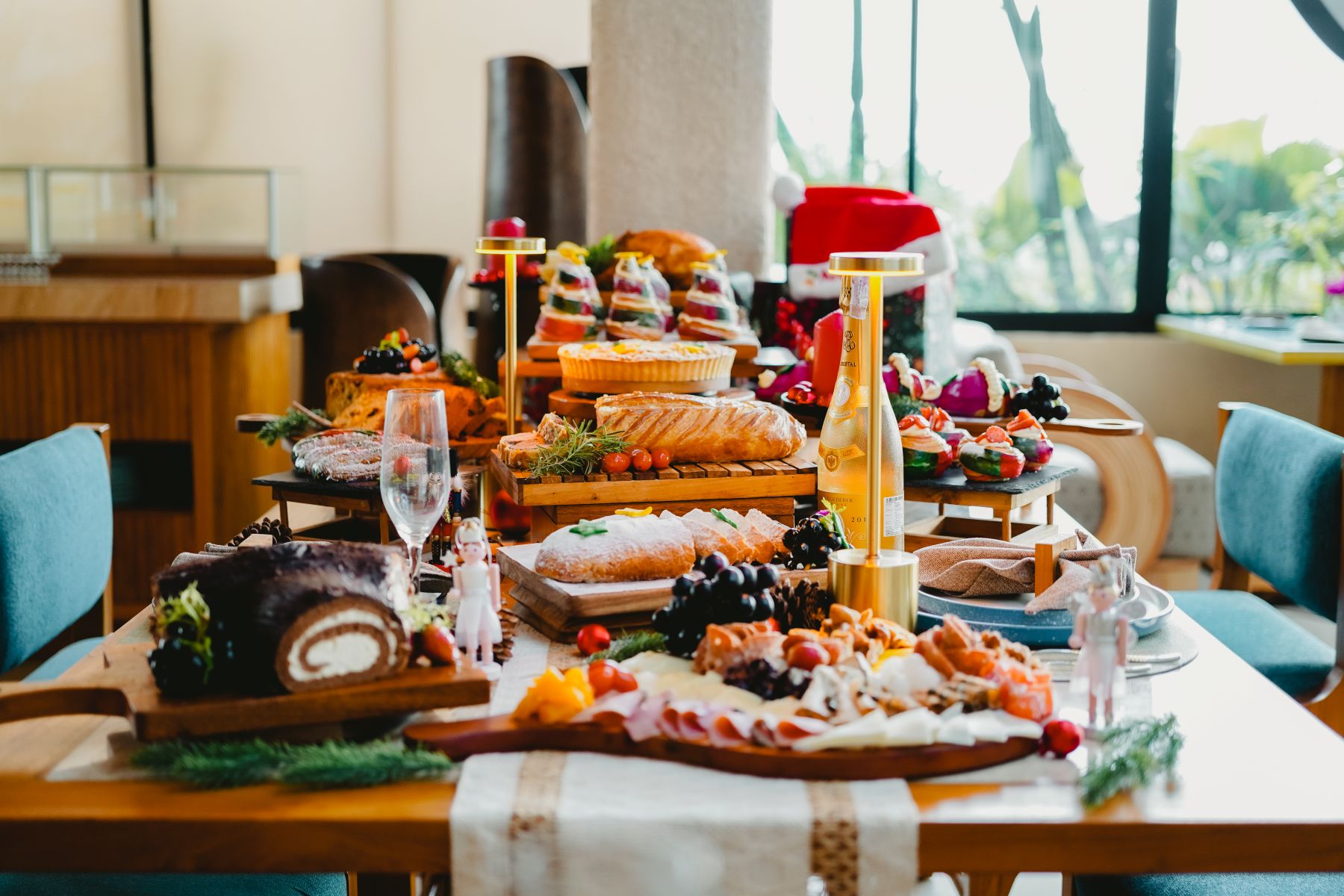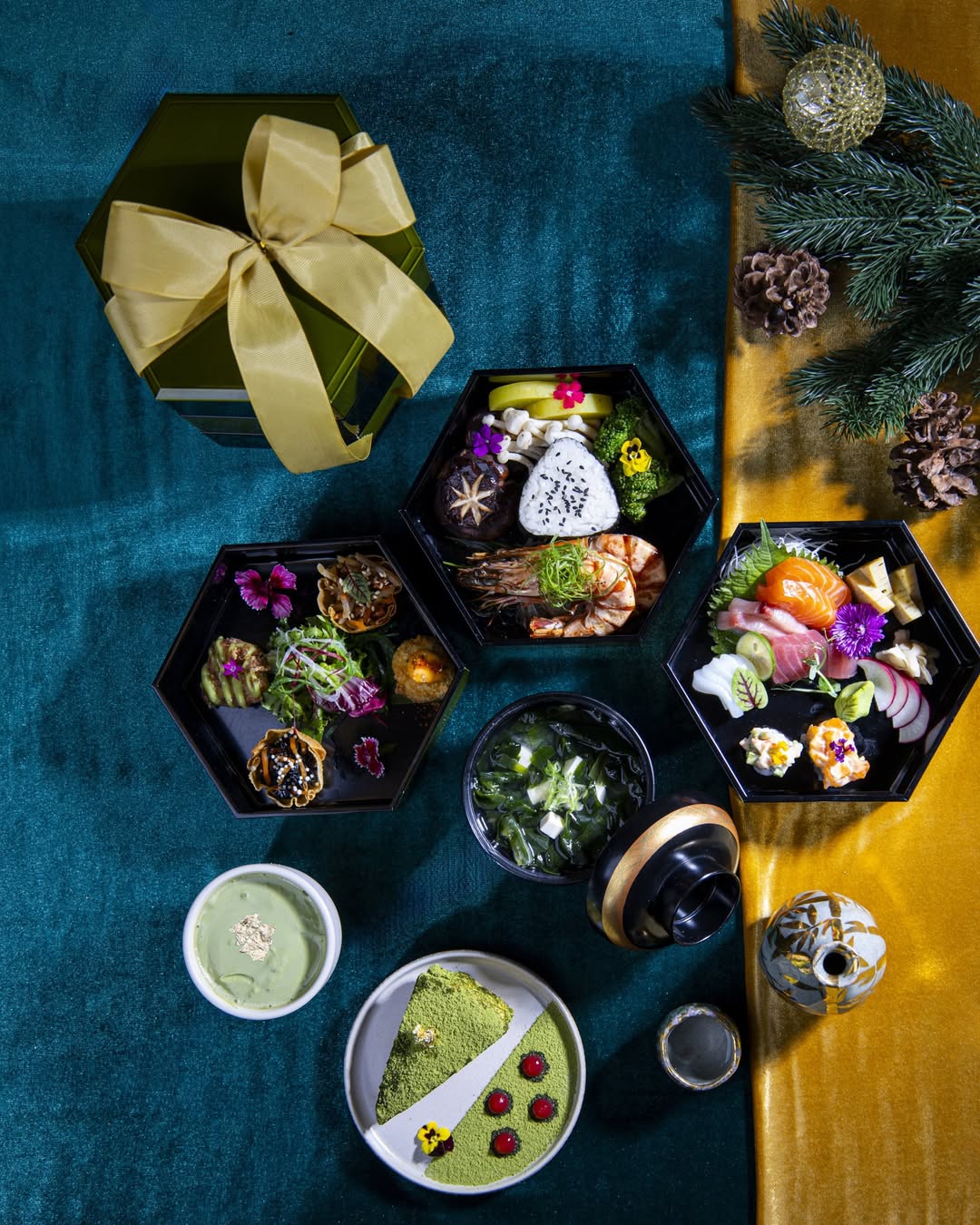Scroll through social media today and it’s easy to find recipes, tips, and entire accounts dedicated to plant-based eating. From quick tempeh stir-fries to creative jackfruit tacos, the internet is overflowing with ways to embrace more plants on your plate. But while the global plant-based trend may feel new, the idea isn’t. In many parts of Indonesia, eating mostly plants was simply a way of life—born out of necessity, long before it became a hashtag. Meat was a luxury; vegetables, tofu, and tempeh were everyday staples.
Personally, I’ve always found comfort in a plate of gado-gado for breakfast. It’s simple, nutritious, and doesn’t try too hard—proof that eating more plant-based meals doesn’t have to be complicated. You don’t need to overhaul your entire diet or commit to going vegan. For me, a balanced approach makes the most sense: start small, eat more plants, and let the rest follow naturally.
So, what does it mean to eat plant-based?
At its core, plant-based eating refers to a dietary pattern that emphasizes foods primarily from plants. This includes fruits and vegetables, but also beans, legumes, grains, nuts, seeds, and plant-based oils. Importantly, it doesn’t always exclude animal products. A plant-based diet can still include small amounts of meat, dairy, or seafood, depending on personal preference. It’s less about strict rules and more about what forms the foundation of your plate.
When talking about food, plant-based cooking spans cultures and traditions. In Indonesia alone, there’s a long list of naturally plant-forward dishes—gado-gado, ketoprak, pecel, oseng kangkung, sayur asem, and tahu or tempeh cooked every which way. These are the kinds of meals that fit seamlessly into a plant-based framework without needing to call themselves anything new.
Globally, the plant-based movement has also inspired a wave of culinary innovation. In Los Angeles, Crossroads Kitchen is a fine-dining vegan restaurant known for its Mediterranean-inspired dishes that attract even non-vegans. Over in London, Gauthier Soho made headlines by transitioning to a fully plant-based menu. Closer to home, Jakarta has seen a steady rise in plant-based dining options, from Burgreens with its vegan rendang to Greenery and Fedwell which offer customizable bowls packed with grains and vegetables.
That said, plant-based doesn’t always mean vegetarian or vegan. While those terms refer to diets that fully or partially exclude animal products, a plant-based diet is broader. Some definitions, like those used in nutrition science, describe it as a flexible approach—maximizing whole plant foods while minimizing animal and processed products. This flexibility might be why the term resonates with so many: it leaves room for moderation, personal values, and practical choices.




Plant-Based Dining Goes Upscale
Plant-based food has also found its way into the world of fine dining. At Eleven Madison Park in New York, Chef Daniel Humm made headlines when the three-Michelin-starred restaurant shifted to an entirely plant-based menu in 2021. The dishes highlight vegetables in thoughtful, elevated forms-like sunflower butter with roasted beer, or tonburi served with smoked daikon. Rather than mimicking meat, the kitchen leans into fermentation, aging, and layering to bring out complexity and depth.
In French, ONA (Origine Non Animale) became the first vegan restaurant to earn a Michelin star, offering plant-focused plates such as celery root with black garlic or risotto with foraged herbs. In Beijing, King’s Joy reimagines Buddhist vegetarian cuisine into elegant courses featuring ingredients like truffle tofu, ginkgo nuts, and lotus root.
In Jakarta, Modernhaus offers a unique take on plant-based concepts through its cocktail menu. Located in Senopati, this bar by the UNION Group features drinks inspired by different parts of plants—roots, leaves, fruits, and flowers. Signature cocktails like the “Celery,” a martini with celery vodka and bergamot liqueur, and the “Tomato,” a twist on the Bloody Mary with wasabi spirit, highlight the bar’s creative approach. Modernhaus also emphasizes sustainability, incorporating zero-waste practices into its operations.
These places prove that plant-based eating isn’t about restriction-it’s about creativity, technique, and deeper appreciation for the ingredients themselves.
View this post on Instagram
How do I Start Eating Plant-Based?
For anyone curious about starting a plant-based diet, the steps can be simple. Start with what you already know. Add more vegetables to your meals, switch white rice for whole grains like brown rice or barley, or try making one fully vegetarian meal a week. Think of tofu stir-fried with greens, or oatmeal topped with bananas and nuts. Rethink meat as a garnish rather than the centerpiece. Incorporate healthy fats like avocado, sesame oil, or almonds. Build meals around salads, beans, or fruit-based snacks.
Nutritionally, plant-based diets have been linked to better heart health, lower cholesterol, and reduced risk of chronic diseases. The key is balance—choosing whole foods that offer fiber, vitamins, and protein, rather than ultra-processed substitutes. A bowl of sayur bening might look modest, but when paired with tempeh and brown rice, it’s a powerhouse of nutrients.
The good news? In Indonesia, eating plant-based doesn’t require specialty stores or fancy substitutes. It’s already woven into the everyday dishes sold at warteg stalls and family tables. For many of us, going plant-based might be less about discovering something new—and more about remembering what’s already on our plate.
